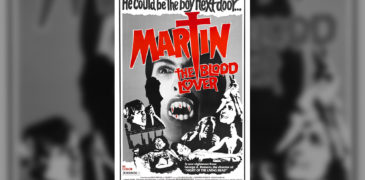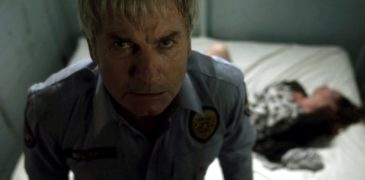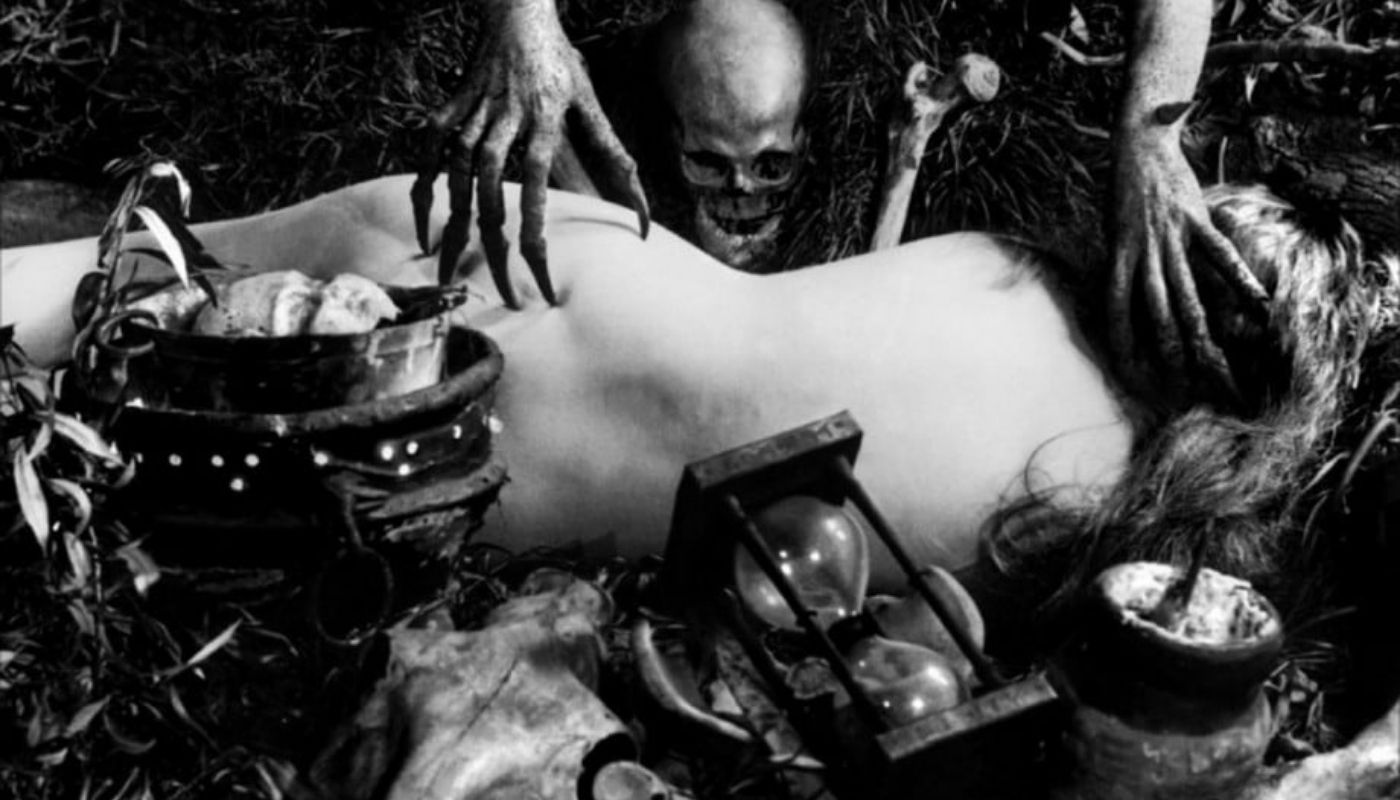
Perhaps you’re looking for something different in a horror film, tired of jump scares and remakes. Perhaps you’re passionate about obscure cinema, reveling in the discovery of something unexpected. Or perhaps you enjoy a bit of history sprinkled in your movies, learning about culture or folklore while being entertained. My choice for today can fill all of these criteria. Please sit back, relax, and enjoy a nice bowl of eye of newt as we examine the 1922 film Haxan: Witchcraft Through the Ages.
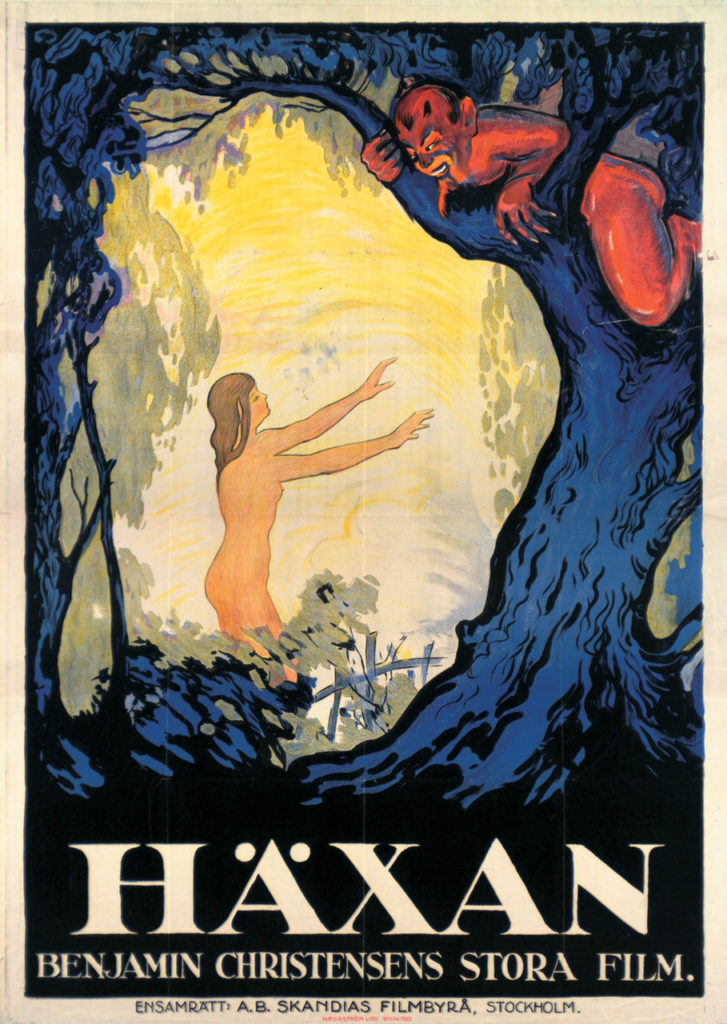
A truly unique piece of film history, Haxan is an unflinching look at the history of witch hysteria, the delusional myths surrounding it, and, ultimately, the truth behind the paranoia. Part documentary, part delightful theatrics, the movie takes you into a feverish nightmare trip into the middle ages, elucidating how supposed “witches” were perceived in a deeply ignorant and vehemently religious society. It uses dramatizations to portray the experiences of those living in this oppressive climate, and bring to life the outrageously dark (and amusing) rituals the intolerant people of the times actually believed witches engaged in. The Witches’ Sabbat segment is perhaps the most entertaining moment of the film.
Scenes from this movie frequently pop up in Creepypasta videos and the like. I would venture to say, even if you haven’t seen Haxan, if you’re a fan of horror, you’ve probably seen images or clips from it without knowing the source. Certainly, Haxan is memorable for its imagery. While it is frequently absurd, it gives one the impression of a fever dream. Even its most ostensibly laughable scenes can be disturbing. Haxan makes the viewer feel like they are traversing a strange other world. It’s mad to think that beliefs like the ones depicted were actually pervasive in our history.
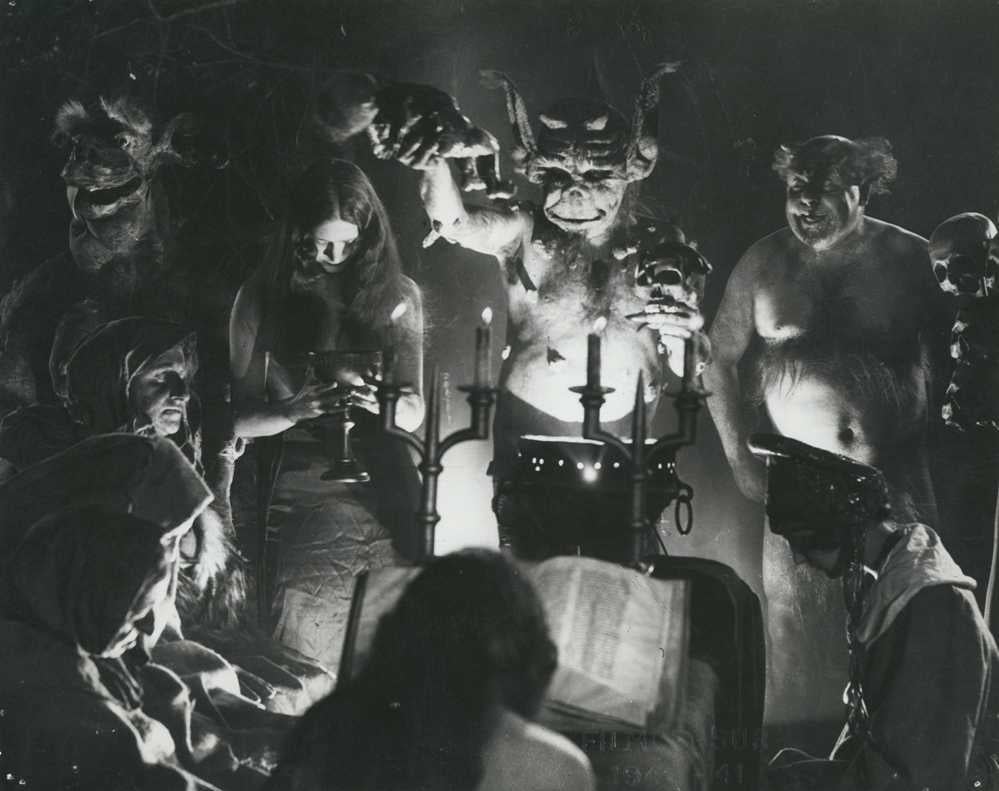
Haxan is actually quite innovative technologically. Despite being shot in a studio, the director, Benjamin Christensen, believed that the nocturnal mood would benefit the actors’ performances. Furthermore, to achieve shots of the witches flying over a town, Christensen and the cameraman, Johan Ankerstjerne, filmed a miniature town, which was rotated by a turntable that took several men to operate. Then, 75 actors on were shot flying their broomsticks, with a black backdrop, and an airplane motor was used to make the costumes appear to blow in the wind. In order to splice the footage together, Ankerstjerne built a special optical printer specifically for the task. Much care and hard work was put into ensuring that the imagery of Haxan would due justice to the director’s vision. Cameramen were even dispatched to Norway at one point to film the perfect ominous, stormy skies for the film. On another interesting (and amusing) note, Christensen himself played the Devil in the film, as well as Jesus, and he clearly threw himself into the role with enthusiasm.
The film is actually remarkably thoughtful for its time, despite its frequent over-the-top theatrics. The narrator sympathizes with the victims of witch hysteria, and by the end, it discusses how this kind of insanity and paranoia stems from ignorance and bigotry. This dissection of the sort of society that wallows in such beliefs and sadism gives the film a satisfying conclusion, with an edifying reminder not to revert to systemic prejudice. We may not hunt witches anymore, but the thoughts and philosophies that lead to such injustices are never truly eradicated.
You can watch the full film here!
More Reviews:
Dessert and Beyond: A Comparison Study of Conventional Vs. Unconventional Music in Asian Horror and Extreme Cinema
A young daughter, around four years old, watches a pop idol group cheerfully perform on tv with her father. Meanwhile in the kitchen, we see her mother dutifully preparing dinner,…
Cruel Woman’s Love Suicide (1970) Film Review – Forbidden Lesbian Love Ushering in a New Era of Erotic Film
c Despite being Japan’s oldest film studio, Nikkatsu by the late 1960s was struggling: with TV quickly becoming the go-to source of entertainment, ticket sales for films were at an…
Nias (2024) Film Review – Let’s Waste Time, Chasing Cats! [Unnamed Footage Festival 7]
If you think you have seen all the found footage films out there, you are wrong. Sometimes, these films can get quite monotonous due to the repetitive use of cameras….
Martin (1977) Film Review – The Horror of a Very Sad Vampire
Martin doesn’t think much of being a vampire. He knows what he gets up to once the sun goes down. The way those women look at him when he suddenly…
Appendage (2023) Film Review – An Extraneous Exploration of Body Horror
Body horror seems to be experiencing a renaissance of sorts in the last few years with such films as 2021’s Malignant and 2024’s The Substance. A term first coined in the…
The Skin Collector (2013) Film Review – Horror Steeped in True Crime
“Wendy Alden, a young secretary in Portland lacking in self-confidence, becomes victim of a savage killer who has claimed the lives of a number of other women. Somehow, Wendy finds…
Eden is a Soong-type android learning to pass as human through studies of pop culture, humor, and dark fantasy. Perhaps one day she will learn to love and pronounce “hyoo-mahn” correctly. She was written analyses of music, video games, comics, and film. You can find her other writings on Vocal and WordPress.


![Nias (2024) Film Review – Let’s Waste Time, Chasing Cats! [Unnamed Footage Festival 7]](https://www.grimoireofhorror.com/wp-content/uploads/2024/03/Nias-2024-ccover-365x180.jpg)
